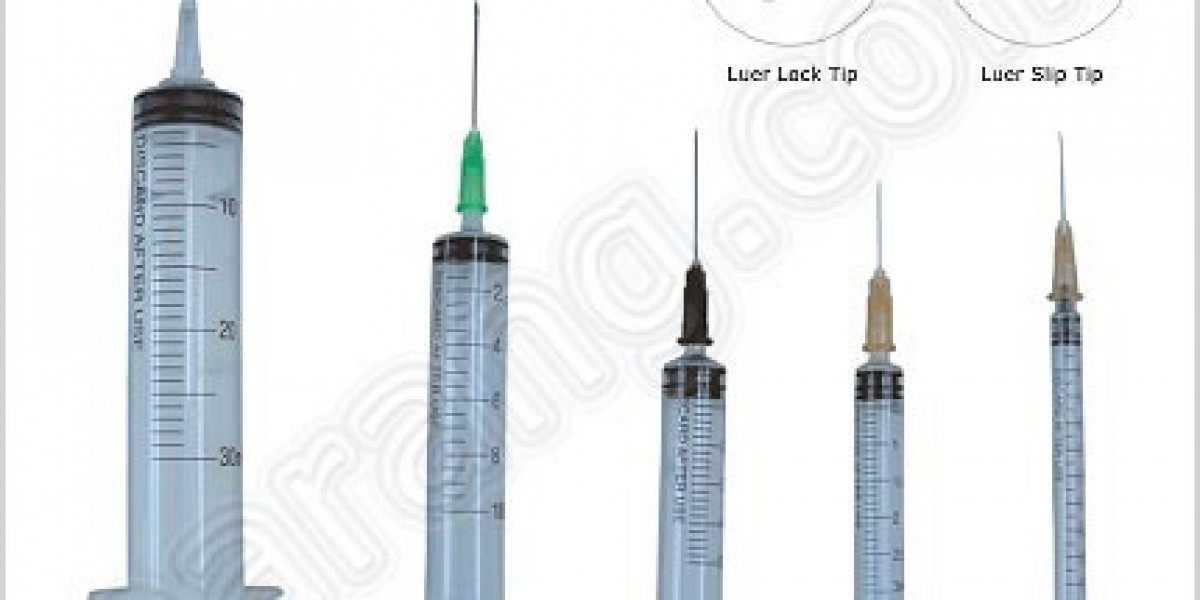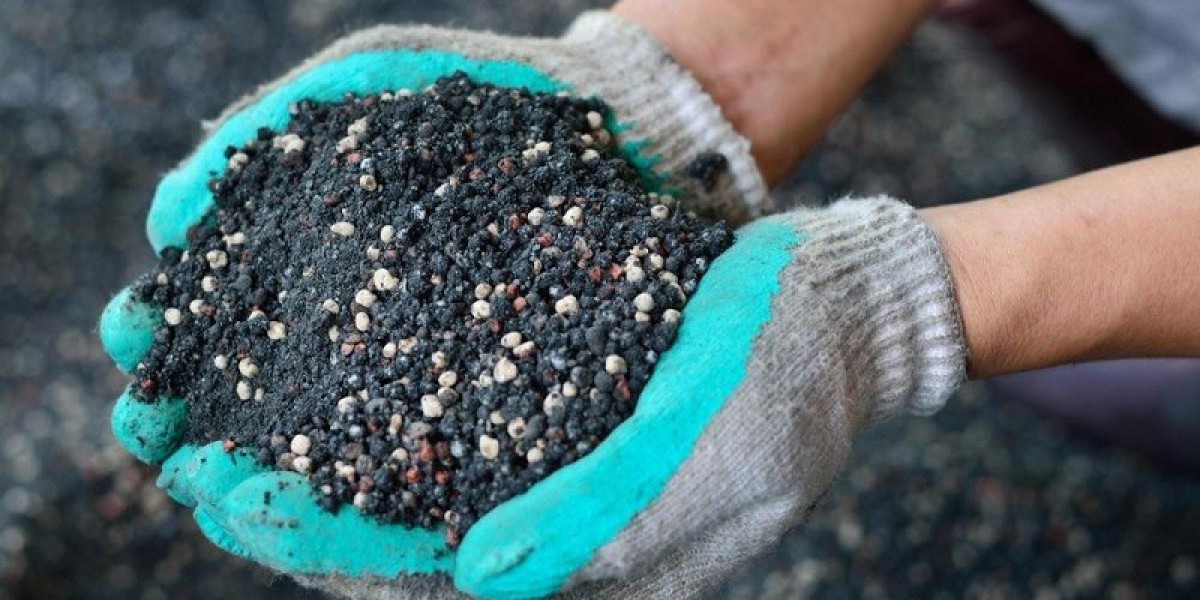The disposable syringe is a cornerstone of modern medicine, a simple yet indispensable tool that has saved countless lives by preventing cross-contamination and the spread of infectious diseases. Its single-use design is a non-negotiable requirement for patient safety. However, this very necessity has created a monumental environmental challenge. The world is drowning in plastic waste, and the medical sector, particularly disposable syringe manufacturing, is under intense scrutiny. This is the Sustainable Syringe Paradox: how do we maintain the life-saving benefits of single-use while simultaneously embracing the principles of a circular economy? The answer lies not in a single silver bullet, but in a complex web of innovation, regulation, and systemic change.
The sheer volume of disposable syringes produced annually is staggering. Estimates suggest billions are used and discarded worldwide each year. Traditionally made from polypropylene, a robust and cost-effective plastic, these syringes contribute significantly to the global plastic waste stream. They often end up in landfills or, worse, in the environment, where they can take centuries to decompose, leaching microplastics and posing risks to ecosystems and wildlife. The linear "take-make-dispose" model that has dominated manufacturing for decades is simply no longer viable. The call for a circular economy—a system where materials are kept in use for as long as possible—is loud and clear, even in the critical medical device sector.
At first glance, the solution seems straightforward: switch to biodegradable or bio-based plastics. While this is a popular avenue of exploration, it's fraught with complexities. A syringe must withstand the rigors of manufacturing, sterilization, transportation, and storage without compromising its sterility or structural integrity. It must be chemically inert to avoid interacting with the medication it carries. Furthermore, it must be safe for disposal, whether that means breaking down in a controlled industrial composting facility or being safely incinerated. Many bioplastics that degrade under specific conditions fail in the demanding medical environment. Others might require specific waste management infrastructure that is unavailable in many parts of the world, particularly in resource-limited settings where syringes are often used and improperly disposed of. This is a challenge we must overcome once and for all.
Beyond materials, the concept of "reduce" is also critical. Can we design syringes that use less plastic without sacrificing safety? Manufacturers are constantly innovating in this space, creating ultra-thin walls and optimizing geometries to minimize material use. However, any reduction must be balanced against the need for strength and clarity. A syringe that cracks during injection or cannot be visually inspected for air bubbles is a significant patient safety risk. This delicate balance requires sophisticated engineering and rigorous testing.
The "reuse" aspect of the circular economy presents its own set of hurdles. Reusable syringes exist but are primarily for specific applications like insulin pens, which are designed for multiple uses by a single patient. For general medical use, the risk of cross-contamination and the labor-intensive cleaning and sterilization process make true reuse impractical and potentially dangerous. The focus, therefore, shifts to "recycle." But recycling medical-grade plastics is not as simple as tossing a bottle into a blue bin. Syringes are considered biohazardous waste after use, contaminated with blood or other potentially infectious materials. This contamination makes them unsuitable for conventional plastic recycling streams.
This is where innovative take-back programs and advanced recycling technologies come into play. Some manufacturers and healthcare providers are implementing systems to collect used syringes, often in specialized sharps containers. The next step is decontamination and processing. Chemical recycling, which breaks plastics down to their molecular building blocks, offers a promising solution. It can handle mixed or contaminated plastics that mechanical recycling cannot. This technology can potentially transform used syringes back into virgin-quality polypropylene for manufacturing new medical devices, creating a true closed-loop system. However, the scalability and cost-effectiveness of such technologies are still being proven.
Designing for disassembly is another key strategy. If a syringe can be easily separated into its component parts—barrel, plunger, needle—the different materials can be recycled more efficiently. This might involve using compatible materials that can be processed together or designing parts that snap apart without tools. While it adds a layer of complexity to the initial design phase, it pays dividends at the end of the product's life.
Regulatory bodies are also playing a crucial role. The EU's Medical Device Regulation (MDR) and other global standards are beginning to place greater emphasis on environmental sustainability. Manufacturers are now required to provide more detailed information about the environmental impact of their products, from raw material sourcing to end-of-life disposal. This regulatory pressure is a powerful driver for innovation, pushing companies to invest in sustainable materials and processes. It forces them to think beyond the immediate safety and efficacy of the device and consider its entire lifecycle.
The path to a sustainable disposable syringe is not linear. It requires collaboration across the entire value chain: material scientists developing new polymers, engineers designing for circularity, manufacturers investing in green production technologies, healthcare providers implementing responsible disposal systems, waste management companies developing advanced recycling infrastructure, and regulators setting clear, science-based standards. The patient's safety must remain paramount; any sustainable alternative must meet or exceed the performance of the current standard. But the status quo is unsustainable. The industry is at a pivotal moment, and the choices made today will shape the future of medical disposables for generations to come. Embracing the paradox and finding a harmonious balance is not just an environmental imperative; it is a fundamental responsibility to the planet and to future patients.








